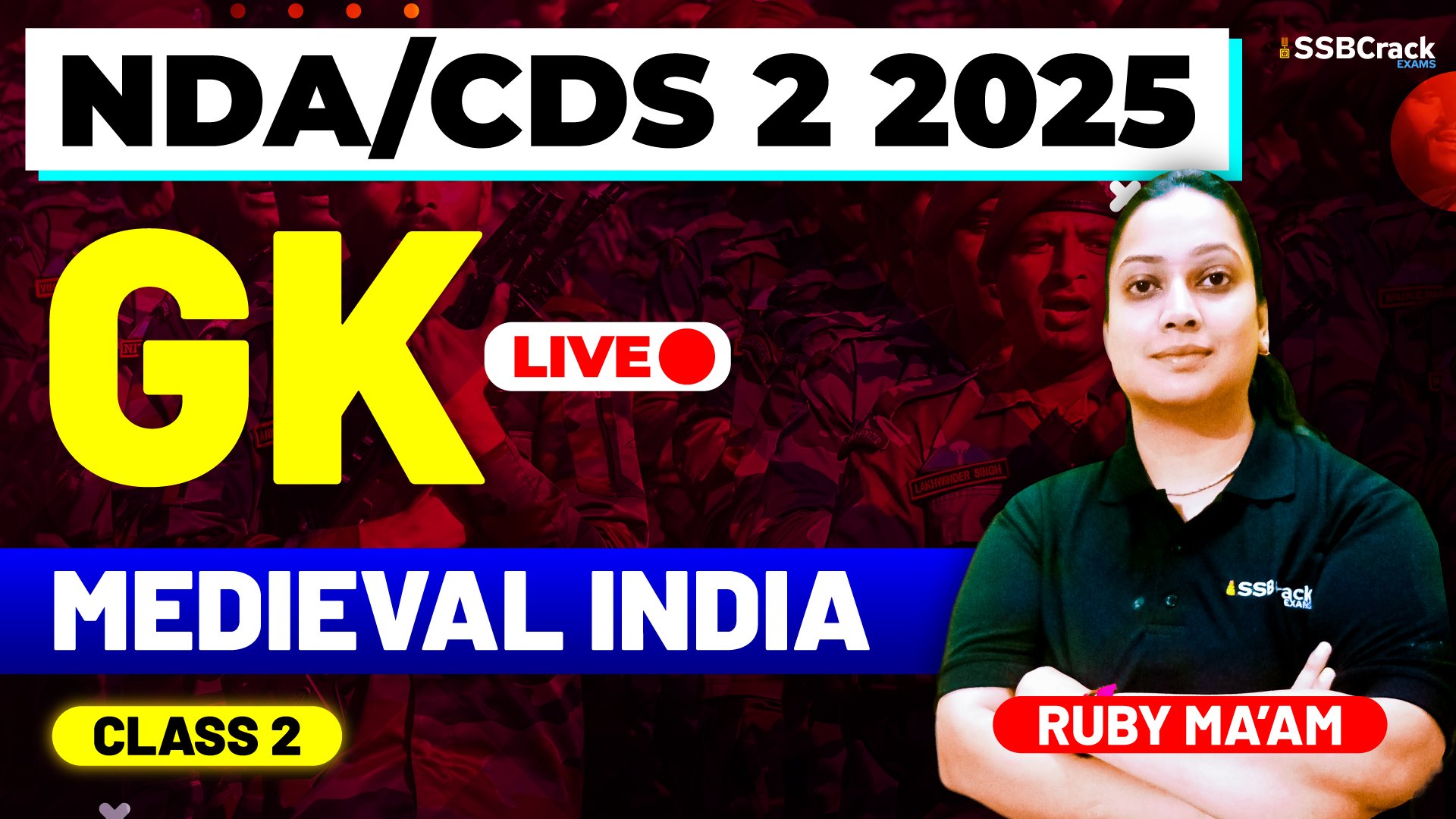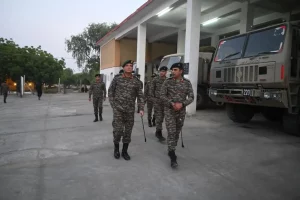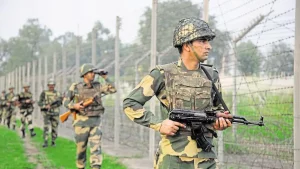The study of Medieval India is a crucial component of the History syllabus in competitive exams like NDA (National Defence Academy) and CDS (Combined Defence Services). This period, roughly spanning from the 8th to the 18th century, serves as a bridge between the ancient and modern phases of Indian history. Understanding this era not only aids in exam success but also helps in developing a deeper appreciation for India’s complex and rich heritage.
🏰 1. Understanding Political Evolution
Medieval India witnessed the rise and fall of several powerful dynasties and empires such as:
- Delhi Sultanate (Slave, Khilji, Tughlaq, Sayyid, Lodi)
- Vijayanagara Empire
- Mughal Empire
Studying their administrative systems, military campaigns, and succession policies gives aspirants insight into how political power was structured, how territories were expanded and maintained, and how rulers interacted with foreign powers.
NDA/CDS Tip: Questions often appear on rulers like Akbar, Alauddin Khilji, and Sher Shah Suri, especially focusing on administrative reforms.
🕌 2. Cultural and Religious Developments
The medieval era was a period of great cultural synthesis. It saw the flourishing of:
- Bhakti and Sufi Movements
- Growth of regional languages and literature
- Development of Indo-Islamic architecture
These movements promoted social harmony and had a lasting impact on Indian society.
Exam Relevance: Questions related to saints like Kabir, Guru Nanak, and Amir Khusrau are frequent. Architecture like Qutub Minar, Fatehpur Sikri, and Taj Mahal is also a hot topic.
⚔️ 3. Military and Strategic Relevance
Medieval India saw numerous invasions and battles—from Mahmud of Ghazni to the Maratha-Mughal conflicts. Understanding these provides lessons in strategy, diplomacy, and the importance of unity in national defense.
NDA/CDS Insight: Questions may test knowledge on famous battles such as Panipat (1st to 3rd), Plassey, or the strategic role of forts like Chittorgarh.
📜 4. Administrative and Economic Insights
Systems like Iqta under the Delhi Sultanate or Mansabdari under the Mughals are early examples of organized administration. The revenue systems, trade practices, and coinage also developed significantly.
Exam Angle: Administrative terms, economic policies, and trade routes like the Silk Route often feature in MCQs.
🎭 5. Art, Literature, and Architecture
Medieval India was an age of artistic brilliance:
- Paintings in Mughal courts
- Temple architecture in South India
- Miniature painting traditions
Literature in Persian, Arabic, Sanskrit, and regional languages flourished, reflecting society and state policies.
📘 Conclusion
For NDA and CDS aspirants, Medieval India is more than a historical period—it’s a chapter of transformation, resilience, and cultural fusion. Mastering this segment of history not only boosts performance in the General Studies/History sections but also builds a foundational understanding of India’s diverse identity. A focused, concept-based approach, with attention to important dates, personalities, and contributions, is the key to mastering this topic.


















